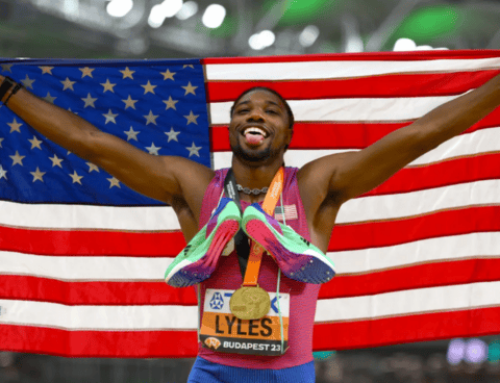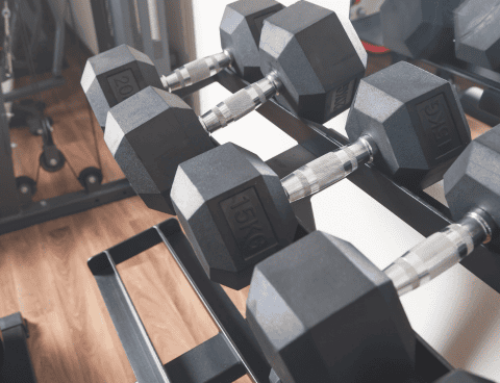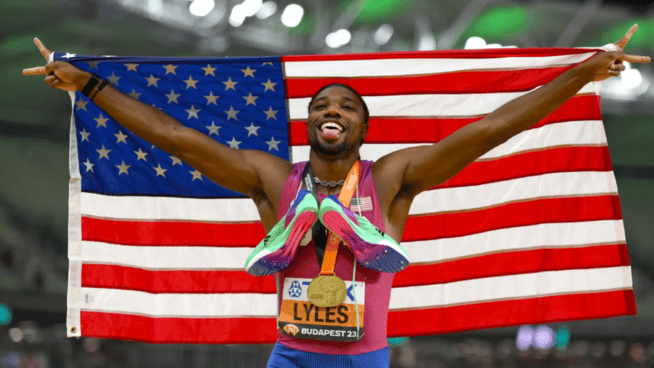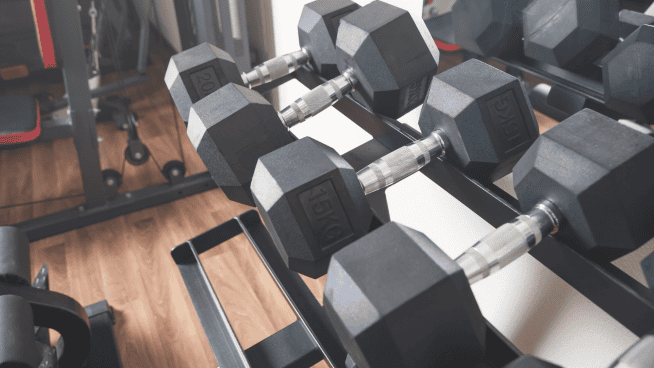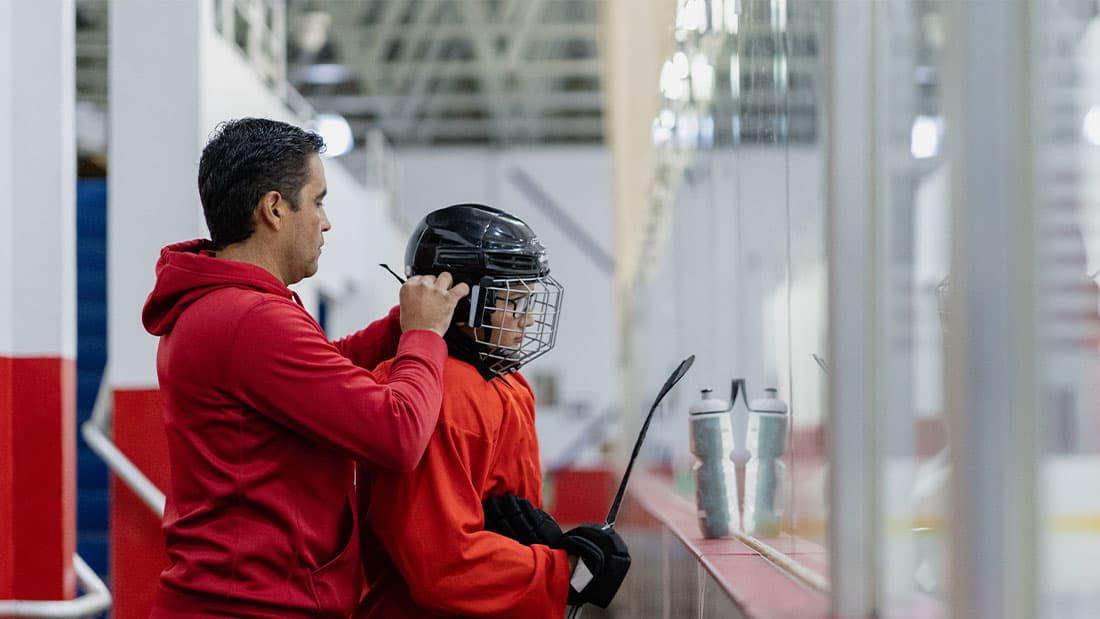3 Strategies to Help Golfers Get the Most Out of the Weight Room
Golf is a wonderful game that many people are able to play for the majority of their life.
While most people play it as a game of leisure, competitive golfers are athletes in need of time in the weight-room to optimize performance and reduce the risk of injury. I have previously written on “3 Factors to Consider when Training Swimmers,” which will have some similarities to this article. Athletes of both sports need to get in the weight room, but most people do not understand why these athletes would need to strength train. A well-designed strength program can help Golfers increase their driving distance, boost their accuracy and avoid injury.
The three most important factors to consider when training golfers are common golf injuries, the primary energy system used and side dominance.
1. Combat Common Golf Injuries
The most common injury or ailment golfers experience is low-back pain. This is due to the nature of the golf swing. While there is not a ton of resistance provided by the club or the ball, there is a large amount of rotational force put on the spine with each golf swing.
Unlike other rotational sports that rely more on the hips for rotational power, golfers coil up their spine and use their spine as a lever to produce force. For this reason, any good golf program will put a major emphasis on core stability. More specifically, anti-rotation exercises, such as Pallof Presses and Bird Dogs, are extremely valuable. We often overlook the fact that being able to fight rotation more effectively helps us rotate better.
Other common injuries include those of the rotator cuff (typically from hitting the ground on the swing) as well as tendonitis in the wrist, elbow or knees from the repetitive motion. I will touch on this more in the side dominance section, but it is important to make sure your athlete remains balanced with strength and mobility on both sides of the body in order to help reduce the risk of tendonitis.
RELATED: The Pre-Round Routine That’s Helped Henrik Stenson Become the World’s Most Accurate Golfer
2. Primary Energy System Used
Golf is a 100% anaerobic sport.
What that means is all of the energy for golf is synthesized without the use of oxygen. This should affect the way you train as a golfer. Muscular endurance and aerobic conditioning should not be heavily featured in a golfer’s program other than a way to mix up training.
The trainable aspect of golf is power, which means that there will be a lot of similarities to a baseball strength training program. Power is increased by either increasing the rate of force development (speed) or by increasing the amount of force that can be created (strength). Once a golfer has begun to adapt to the weight room and develop basic strength, the program should shift toward max strength development. After max strength is developed, a conversion to power phase will help to make that strength gained more specific to golf. This should include a specific focus on rotational power development.
3. Side Dominance
Having a dominant side is characteristic of most sports.
Golf takes this to the extreme though, as the athletes repeat a very similar swing hundreds of times a day, always facing the same direction.
Whenever you train an athlete who is in a side-dominant sport, they are going to have a number of imbalances, which puts the athlete at increased risk of injury. A way to combat this is through unilateral exercises. Even though golf is played with both feet on the ground, golfers can benefit from unilateral training. These lifts will force each limb to perform the same amount of work and will increase the core stability needed to perform the exercise, killing two birds with one stone. You can learn more about the benefits of unilateral exercises here.
You may be tempted to include lifts or exercises that focus on generating power and building strength solely in the direction of the athlete’s swing plane. So if the golfer is right-handed, focusing on moves where they apply force from right to left. In reality, this is about one of the worst things you can do. This will only exacerbate the athlete’s already existing imbalances, dragging down performance and creating a high risk of injury. What is performed on one side must be performed on both sides.
Every sport is unique, and good coaches take those differences into consideration when making a strength and conditioning program. These considerations can be made for every athlete, no matter what sport they play. If you are a competitive golfer or someone who trains competitive golfers, use these three factors to get the most out of your strength program.
RECOMMENDED FOR YOU
MOST POPULAR
3 Strategies to Help Golfers Get the Most Out of the Weight Room
Golf is a wonderful game that many people are able to play for the majority of their life.
While most people play it as a game of leisure, competitive golfers are athletes in need of time in the weight-room to optimize performance and reduce the risk of injury. I have previously written on “3 Factors to Consider when Training Swimmers,” which will have some similarities to this article. Athletes of both sports need to get in the weight room, but most people do not understand why these athletes would need to strength train. A well-designed strength program can help Golfers increase their driving distance, boost their accuracy and avoid injury.
The three most important factors to consider when training golfers are common golf injuries, the primary energy system used and side dominance.
1. Combat Common Golf Injuries
The most common injury or ailment golfers experience is low-back pain. This is due to the nature of the golf swing. While there is not a ton of resistance provided by the club or the ball, there is a large amount of rotational force put on the spine with each golf swing.
Unlike other rotational sports that rely more on the hips for rotational power, golfers coil up their spine and use their spine as a lever to produce force. For this reason, any good golf program will put a major emphasis on core stability. More specifically, anti-rotation exercises, such as Pallof Presses and Bird Dogs, are extremely valuable. We often overlook the fact that being able to fight rotation more effectively helps us rotate better.
Other common injuries include those of the rotator cuff (typically from hitting the ground on the swing) as well as tendonitis in the wrist, elbow or knees from the repetitive motion. I will touch on this more in the side dominance section, but it is important to make sure your athlete remains balanced with strength and mobility on both sides of the body in order to help reduce the risk of tendonitis.
RELATED: The Pre-Round Routine That’s Helped Henrik Stenson Become the World’s Most Accurate Golfer
2. Primary Energy System Used
Golf is a 100% anaerobic sport.
What that means is all of the energy for golf is synthesized without the use of oxygen. This should affect the way you train as a golfer. Muscular endurance and aerobic conditioning should not be heavily featured in a golfer’s program other than a way to mix up training.
The trainable aspect of golf is power, which means that there will be a lot of similarities to a baseball strength training program. Power is increased by either increasing the rate of force development (speed) or by increasing the amount of force that can be created (strength). Once a golfer has begun to adapt to the weight room and develop basic strength, the program should shift toward max strength development. After max strength is developed, a conversion to power phase will help to make that strength gained more specific to golf. This should include a specific focus on rotational power development.
3. Side Dominance
Having a dominant side is characteristic of most sports.
Golf takes this to the extreme though, as the athletes repeat a very similar swing hundreds of times a day, always facing the same direction.
Whenever you train an athlete who is in a side-dominant sport, they are going to have a number of imbalances, which puts the athlete at increased risk of injury. A way to combat this is through unilateral exercises. Even though golf is played with both feet on the ground, golfers can benefit from unilateral training. These lifts will force each limb to perform the same amount of work and will increase the core stability needed to perform the exercise, killing two birds with one stone. You can learn more about the benefits of unilateral exercises here.
You may be tempted to include lifts or exercises that focus on generating power and building strength solely in the direction of the athlete’s swing plane. So if the golfer is right-handed, focusing on moves where they apply force from right to left. In reality, this is about one of the worst things you can do. This will only exacerbate the athlete’s already existing imbalances, dragging down performance and creating a high risk of injury. What is performed on one side must be performed on both sides.
Every sport is unique, and good coaches take those differences into consideration when making a strength and conditioning program. These considerations can be made for every athlete, no matter what sport they play. If you are a competitive golfer or someone who trains competitive golfers, use these three factors to get the most out of your strength program.

